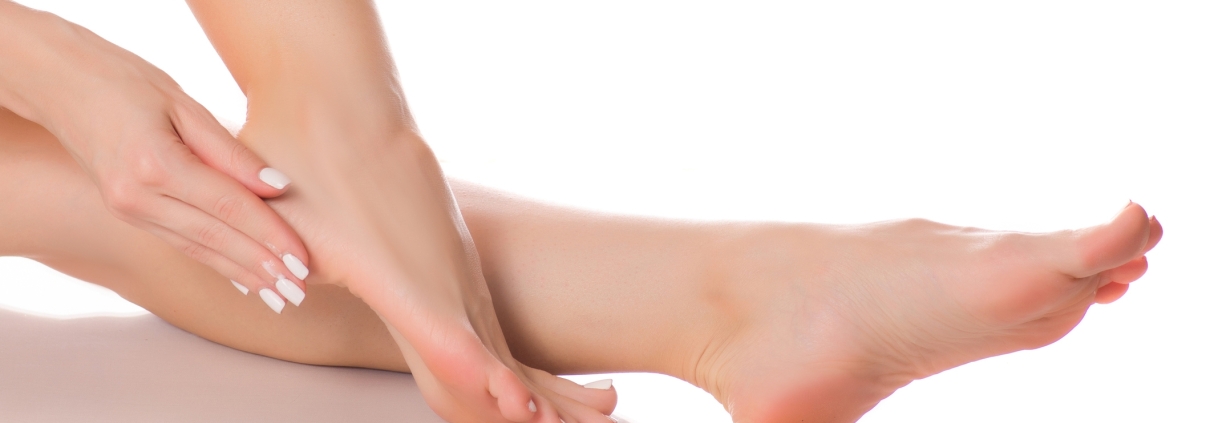Tips for Maintaining Foot Health
Healthy toes are crucial for overall foot health and play a significant role in our daily activities, including walking, running, and balancing. Neglecting toe health can lead to discomfort, pain, and various foot conditions that can affect mobility and quality of life. This article explores the importance of healthy toes, common toe problems, and practical tips for maintaining optimal toe health.
The Importance of Healthy Toes
Balance and Mobility
Toes are essential for maintaining balance and stability. They help distribute body weight evenly across the feet, enabling smooth and coordinated movements. Healthy toes contribute to better posture and reduce the risk of falls and injuries.
Shock Absorption
The toes, particularly the big toe, play a critical role in absorbing shock during activities such as walking and running. They help mitigate the impact on other joints, such as the ankles, knees, and hips, preventing strain and potential injuries.
Overall Foot Health
Healthy toes support the arches of the feet and contribute to the overall structure and function of the feet. Proper toe alignment and strength are necessary for maintaining healthy feet and preventing conditions like bunions, hammertoes, and plantar fasciitis.
Common Toe Problems
1. Ingrown Toenails
Ingrown toenails occur when the edges of the toenail grow into the surrounding skin, causing pain, redness, and swelling. This condition is often caused by improper nail trimming, tight footwear, or injury.
2. Bunions
A bunion is a bony bump that forms at the base of the big toe, causing the toe to deviate towards the other toes. Bunions can result from genetic factors, ill-fitting shoes, or arthritis, leading to pain and difficulty in finding comfortable footwear.
3. Hammertoes
Hammertoes are characterized by an abnormal bend in the middle joint of the toe, usually affecting the second, third, or fourth toes. This condition can be caused by muscle imbalances, poorly fitting shoes, or arthritis, leading to discomfort and difficulty in walking.
4. Fungal Infections
Fungal infections, such as athlete’s foot, can affect the toes, causing itching, redness, and peeling skin. Toenail fungus can also lead to thickened, discolored, and brittle nails. These infections thrive in warm, moist environments and are highly contagious.
5. Corns and Calluses
Corns and calluses are thickened areas of skin that develop due to repeated friction or pressure. They commonly occur on the toes and can cause pain and discomfort, especially when wearing tight shoes.
Tips for Maintaining Healthy Toes
1. Proper Footwear
Choosing the right footwear is essential for maintaining toe health.
Fit and Support: Wear shoes that fit well, providing enough room for your toes to move freely. Avoid shoes that are too tight or have narrow toe boxes, which can cause pressure and deformities.
Arch Support: Opt for shoes with good arch support and cushioning to reduce strain on your toes and feet.
Material: Choose breathable materials to keep your feet dry and prevent fungal infections.
2. Regular Toenail Care
Proper toenail care helps prevent ingrown toenails and infections.
Trimming: Trim toenails straight across, avoiding curved edges that can lead to ingrown nails. Use clean, sharp nail clippers.
Cleaning: Keep toenails clean and dry to prevent fungal infections. Regularly wash your feet with soap and water, and dry them thoroughly, especially between the toes.
3. Foot Hygiene
Maintaining good foot hygiene is crucial for healthy toes.
Daily Washing: Wash your feet daily with mild soap and warm water. Ensure you dry your feet completely, focusing on the spaces between your toes.
Moisturizing: Apply a moisturizer to your feet to prevent dry, cracked skin. Avoid applying lotion between the toes to prevent excess moisture.
4. Regular Foot Inspections
Regularly inspecting your feet helps identify issues early.
Check for Changes: Look for changes in color, texture, or shape of your toes and toenails. Pay attention to any signs of redness, swelling, or pain.
Monitor for Infections: Keep an eye out for signs of fungal infections, such as itching, redness, or peeling skin.
5. Exercises for Toe Health
Strengthening and stretching exercises can improve toe health and flexibility.
Toe Stretches: Sit down and stretch your toes by pulling them gently with your hands or using a towel. Hold for a few seconds and repeat.
Toe Lifts: Lift your toes off the ground while keeping your heels down. Hold for a few seconds and release.
Toe Squeezes: Place a small object, like a marble, between your toes and squeeze to hold it in place. This helps strengthen the muscles in your toes.
6. Protective Measures
Taking protective measures can prevent toe injuries and conditions.
Proper Footwear for Activities: Wear appropriate footwear for different activities, such as athletic shoes for sports and work boots for heavy-duty tasks.
Toe Guards: Use toe guards or protective pads to prevent pressure and friction on your toes, especially if you have bunions or hammertoes.
7. Seek Professional Care
Consult a healthcare professional for persistent or severe toe problems.
Podiatrist: Visit a podiatrist for specialized foot care, especially if you have conditions like diabetes or arthritis that affect foot health.
Treatment: Seek professional treatment for conditions like ingrown toenails, bunions, or fungal infections to prevent complications.
Conclusion
Healthy toes are essential for maintaining overall foot health, balance, and mobility. By understanding common toe problems and implementing practical tips for proper care, individuals can prevent discomfort and potential foot conditions. Regular foot hygiene, appropriate footwear, and timely professional care are key to ensuring healthy toes and enjoying an active, pain-free lifestyle. Prioritizing toe health not only contributes to physical well-being but also enhances the quality of life, allowing for greater participation in daily activities and social interactions.





